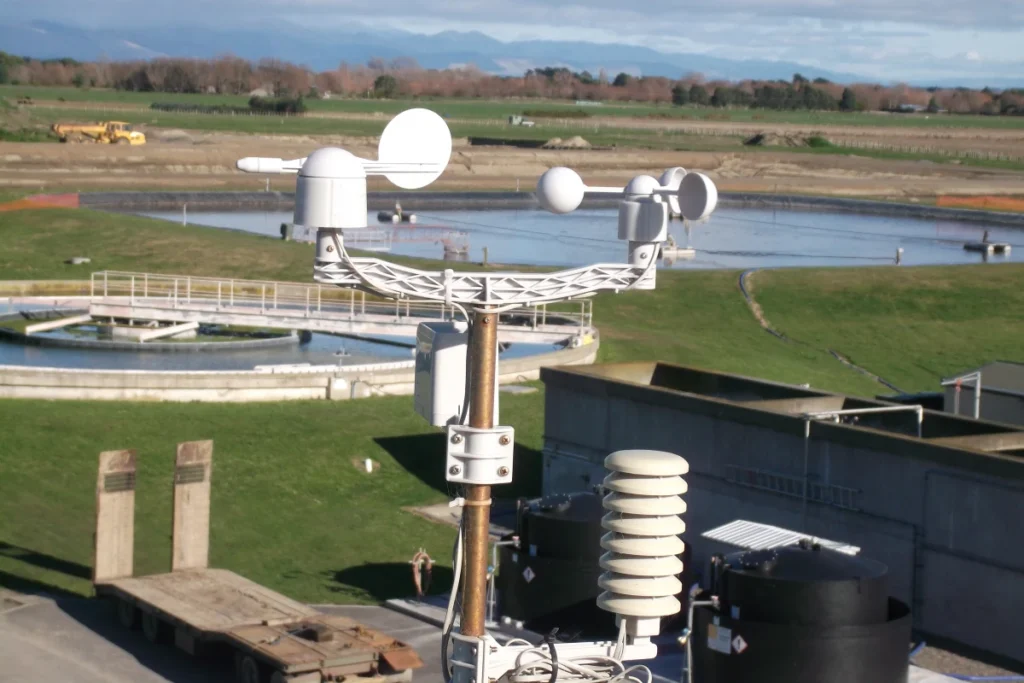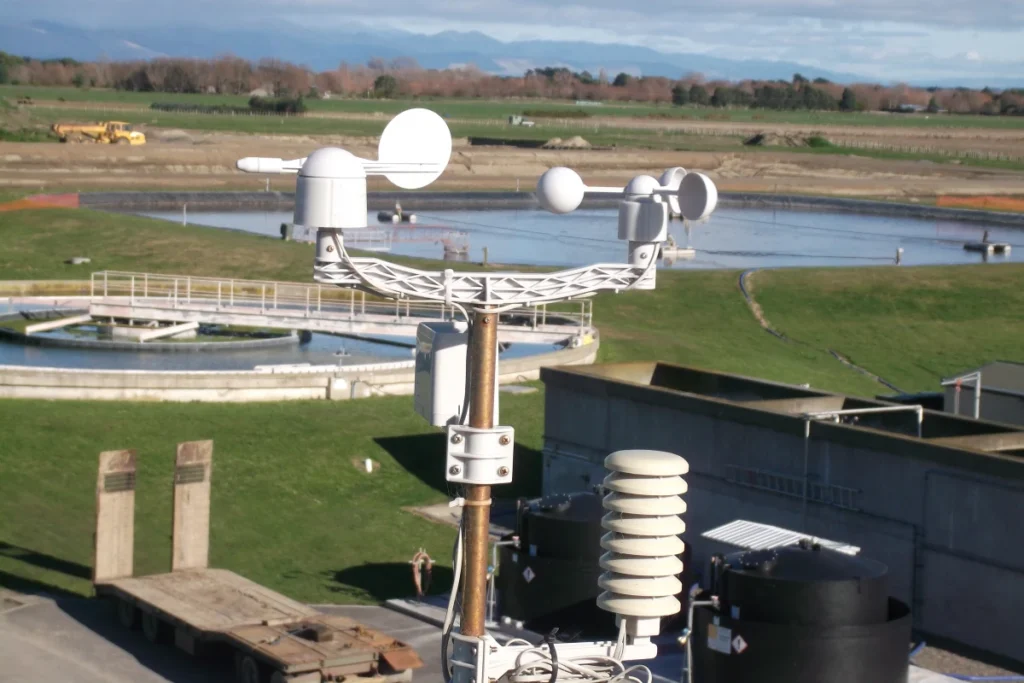
# Definition of Anemometer: Understanding Wind Speed Measurement
An anemometer is a device used to measure wind speed, a crucial tool in meteorology, environmental science, and various industries. Understanding how an anemometer works and its applications can provide valuable insights into weather patterns, energy production, and safety measures.
## What is an Anemometer?
An anemometer is an instrument designed to measure the speed of wind. The term “anemometer” originates from the Greek word “anemos,” meaning wind, and “metron,” meaning measure. There are several types of anemometers, each with its unique mechanism for capturing wind speed data.
### Types of Anemometers
1. **Cup Anemometer**: This is the most common type, featuring three or four cups mounted on horizontal arms. As the wind blows, the cups rotate, and the speed of rotation is proportional to the wind speed.
2. **Vane Anemometer**: Also known as a windmill anemometer, this type uses a propeller or a set of blades that rotate when exposed to wind. The rotation speed is measured to determine wind speed.
3. **Hot-Wire Anemometer**: This type uses a thin wire heated to a constant temperature. The cooling effect of the wind on the wire is measured to determine wind speed.
4. **Ultrasonic Anemometer**: This advanced type uses ultrasonic sound waves to measure wind speed. It calculates the time it takes for sound waves to travel between sensors, which changes with wind speed.
## How Does an Anemometer Work?
The working principle of an anemometer depends on its type. For instance, in a cup anemometer, the wind causes the cups to rotate. The number of rotations per unit time is counted and converted into wind speed. Similarly, in a vane anemometer, the rotation of the blades is measured to determine wind speed.
Hot-wire anemometers rely on the cooling effect of wind on a heated wire. The change in temperature is proportional to the wind speed. Ultrasonic anemometers, on the other hand, measure the time difference of ultrasonic pulses traveling between sensors to calculate wind speed.
## Applications of Anemometers
Anemometers are used in various fields, including:
– **Meteorology**: For weather forecasting and climate studies.
– **Aviation**: To ensure safe takeoff and landing conditions.
– **Renewable Energy**: To assess wind resources for wind turbines.
– **Environmental Monitoring**: To study air quality and pollution dispersion.
– **Construction**: To ensure safety during high-wind conditions.
## Conclusion
An anemometer is an essential tool for measuring wind speed, with applications ranging from weather forecasting to renewable energy. Understanding the different types of anemometers and how they work can help in selecting the right instrument for specific needs. Whether you’re a meteorologist, an engineer, or an environmental scientist, an anemometer can provide critical data for your work.
By accurately measuring wind speed, anemometers play a vital role in ensuring safety, optimizing energy production, and advancing scientific research. As technology continues to evolve, so too will the capabilities of these indispensable instruments.
Keyword: define anemometer
